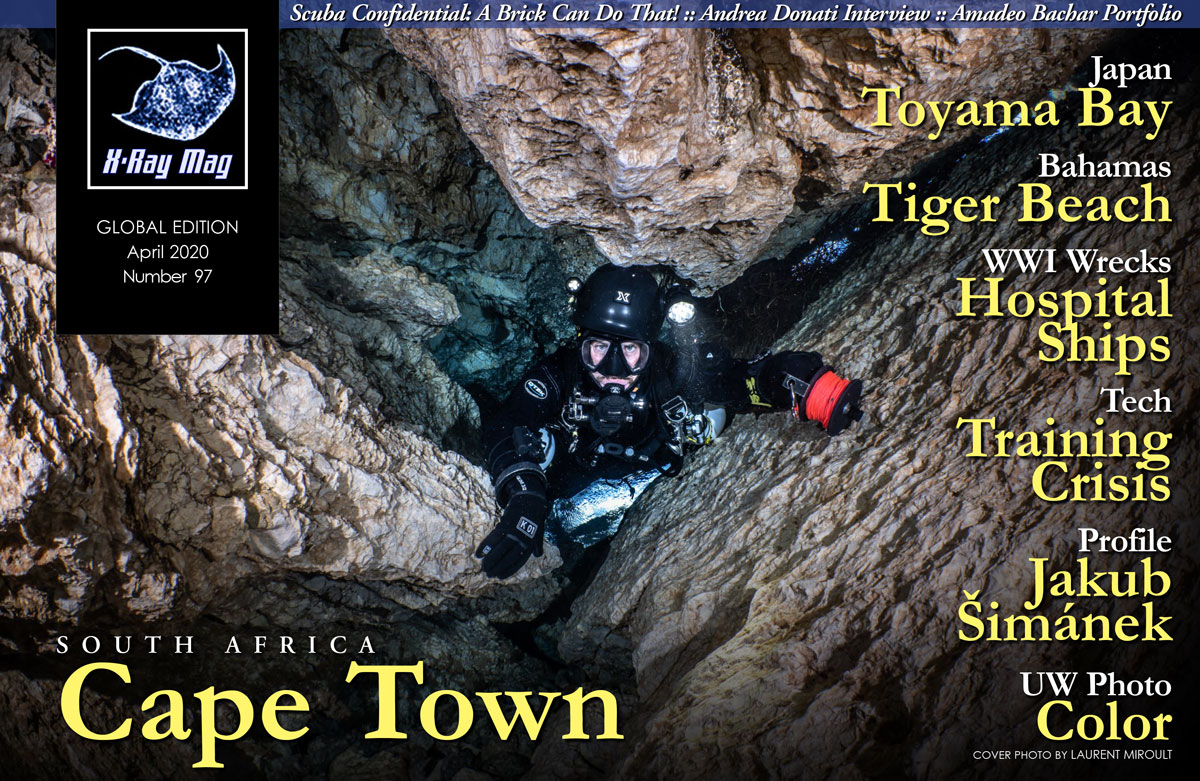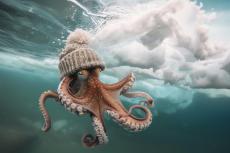On 11 May 1996, five people died near the summit of Mount Everest. Two were expedition leaders, one was a professional guide and two were their clients. The events were first recounted in the book Into Thin Air written by journalist Jon Krakauer, who was up there on the mountain that day.
Contributed by
The clients died mainly because the professionals persisted with attempting to reach the summit despite the fact that they had passed their turnaround time; that is, the point in the day at which an attempt on the summit would normally be aborted for safety reasons. The concept of establishing a turnaround time and sticking to it religiously had been a major factor contributing to the professionals’ hitherto exceptional safety record on Everest.
Krakauer concluded that, perhaps out of a desire to please their clients, burnish their reputation or because they thought they were “bulletproof,” the professionals got their priorities confused on this particular day. Normally, they were extremely well aware of where their main focus should always lie. Indeed, one of the two expedition leaders was fond of telling people: “with enough determination, any bloody idiot can get up this hill. The trick is to get back down alive.”
People who sign up for Everest expeditions are, in the main, not mountaineers or hard-core climbers. They are folk with a little climbing experience, plenty of money, plenty of guts and a dream. If you ask them, I am sure they will say that their dream is to stand at the top of the world’s highest mountain but, if you press them further, they will certainly add that the dream also involves surviving to tell the tale.
What has this all got to do with scuba diving?
When I first read the quote about “any bloody idiot” getting up this hill, it reminded me of one of the most frequently highlighted and re-quoted paragraphs in my book Scuba Confidential, which runs as follows:
In scuba diving, going down and staying down are not the difficult bits (a brick can do that). Coming up again is the part that requires skill.
Many people who sign up for technical diver training are goal-driven in a similar way as Everest climbers, as the following two case histories show clearly.
Charlotte
In the mid-1990s, an instructor in Florida had a student named Charlotte. Her dream was to do a 90m dive. The instructor signed her up for a full trimix diver course and invited her to join him and a number of qualified trimix divers on a dive the following weekend. The descent was uneventful. The group reached the seabed at just over 90m and the instructor and the other divers all gathered around and shook Charlotte’s hand in congratulations. They later told reporters that she had looked extremely happy.
They then began their ascent through blue water. On the way up, as they approached their first required decompression stop, the instructor inflated a delayed surface marker buoy (DSMB), sending it up to the surface. The other divers gathered loosely close by, using the instructor as their depth reference, and switched to their deep decompression gas.
Charlotte copied them and, initially, seemed to be doing just fine. After a while, however, the instructor noticed that she had drifted some distance away and was having difficulty staying at her stop depth. He tried waving to get her attention, but her face was turned away from him. She was still breathing steadily but was dropping deeper and deeper.
One diver tried to swim down to her to help, but she was falling too fast and he eventually gave up the chase, worried about depleting his breathing gas reserves and increasing his decompression burden. All the group could do was watch, uselessly and helplessly, as Charlotte’s body just fell away, down through the murky blue sea, until she disappeared out of sight.
They hung there, eyes fixed on the stream of bubbles that still rose past them from the depths, each hoping against all hope and logic that somehow Charlotte would emerge from the darkness and rise towards them, flashing an OK sign. The stream of bubbles then stopped. Charlotte’s body was recovered a few days later.
Eli
Just a couple of years ago, in a different ocean off the coast of a different continent, Eli was another diver making his way through the technical diver levels. He had a 100m dive as his goal. He dived regularly with a technical diving instructor, who was shepherding him through the levels.
After completing a dive to 70m a few weeks earlier—his deepest to date—Eli heard on the grapevine that his instructor and three friends were planning a dive to 100m. He asked if he could join them and they agreed. On his descent, Eli had difficulty switching from travel gas to bottom gas and needed a little help, but the team all eventually reached the seabed. Seeing the magic number of 100m appear on his computer, Eli threw his arms up in a victory salute and fist-bumped his fellow divers enthusiastically.
After a few minutes, the group began to ascend. Each of the divers, including Eli, sent up a DSMB as they began their decompression stops. At the depth where they switched from their bottom gas back to their travel gas (which was air), Eli began to have difficulty controlling his buoyancy and started to float up beyond his decompression stop depth.
One of the divers swam over as quickly as he could to attempt to arrest his ascent but by the time he arrived, Eli was well out of reach and going up fast. He was still conscious when he reached the surface and screamed something unintelligible to the surface support crew, but he passed out soon afterwards and was not breathing when he was pulled into the boat. Attempts were made to revive him but with no success.
What had happened?
On a superficial level, in the first incident, Charlotte probably switched to the wrong decompression gas and suffered an oxygen toxicity hit. In the second, Eli’s inexperience with switching gases, already apparent on the descent, was exacerbated by the narcotic hit he would have taken when switching from trimix to air at 51m (most technical diving experts would not recommend this gas strategy) and this caused him to lose control and make a rapid ascent, blowing over an hour of required decompression stops.
On a deeper level, neither diver was sufficiently skilled to attempt the dive that they died on and the instructor in both cases was negligent, irresponsible and failed to supervise them adequately. However, just like the people on Everest on that day in 1996, everyone involved in both these dives was also guilty of getting their priorities mixed up.
The way the divers in both incidents behaved when they reached their target depth betrays their state of mind and suggests that their heads were in the wrong place. Just as the top of the mountain is never the main goal on any climb: On any dive, the target depth is not the main goal (a brick can do that), the end of the cave is not the main goal, nor is the back of the engine room. Survival is the main goal, every time, without exception. In 1961, President John F Kennedy proposed to Congress and the American people that:
…this nation should commit itself to achieving the goal, before this decade is out, of landing a man on the Moon and returning him safely to the Earth.
The last few words of this proposal were the key. Kennedy and his people knew that it was futile to get an astronaut to the moon if the astronaut did not make the journey there AND back, and live to tell the tale. The only achievement that mattered was survival, not standing on the moon. ■
his Scuba Confidential column in issue #97 is adapted from a chapter in Simon’s book Scuba Exceptional: Become the Best Diver You Can Be. Simon Pridmore is the author of the international bestsellers Scuba Confidential: An Insider’s Guide to Becoming a Better Diver, Scuba Professional: Insights into Sport Diver Training & Operations and Scuba Fundamental: Start Diving the Right Way. He is also the co-author of the Diving & Snorkeling Guide to Bali and the Diving & Snorkeling Guide to Raja Ampat & Northeast Indonesia. His recently published books include Scuba Exceptional: Become the Best Diver You Can Be, Scuba Physiological: Think You Know All About Scuba Medicine? Think Again!, and the Dining with Divers series of cookbooks. For more information, see his website at: SimonPridmore.com.





























